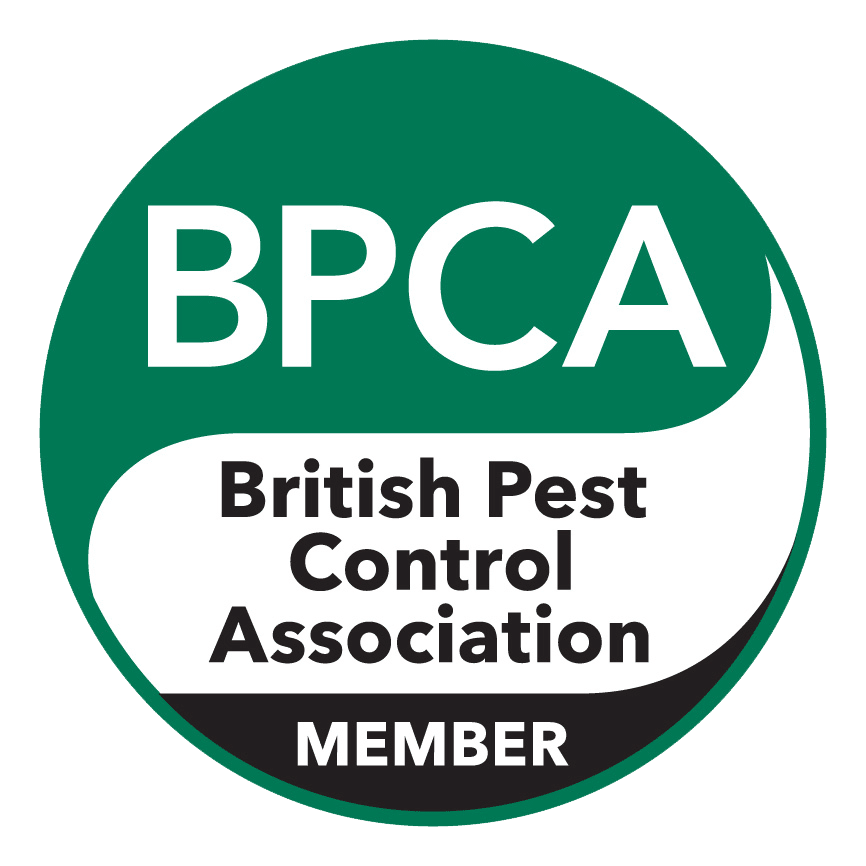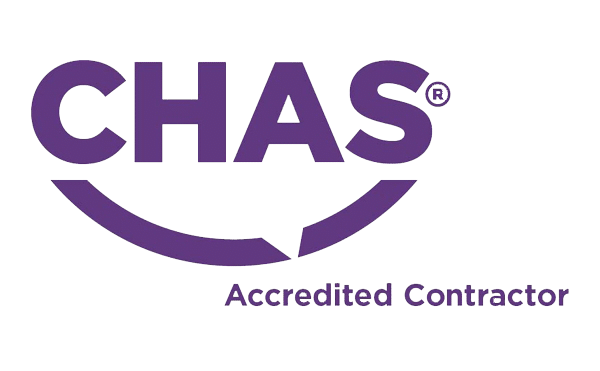
The Black Garden Ant
Typically the most common and reported ant in London homes. Their main habitat is in garden areas, under paving slabs and in soil beds but once inside your home they can become a real nuisance. Emergency pest control call-outs would usually consist of rat control and mice infestations in London homes but we have certainly seen a rise in emergency ant control visits and an increase in activity throughout London homes and businesses.
Colonies can breed rapidly, are very well organised and will easily feed off residues in and around work surfaces of kitchen areas. They are also known to thrive in surroundings with underfloor heating and where water ingress or damp areas may be present.
If you think you have a Garden Ant Infestation in your London home, building or business then give us a call today for your free consultation.
Facts:
- Name: Common Black Ant, Garden Ant (Lasius niger)
- Features: Shiny black, 2-3mm, Large head and long legs
- Sustenance: Wide range of insects and foodstuffs especially anything sweet and containing sugar.
- Life expectancy:
- Reproduction: Laid eggs will usually hatch in 3-4 weeks into grubs, around three weeks the larvae mature and pupate. Less than two weeks later the adult ants will then emerge.
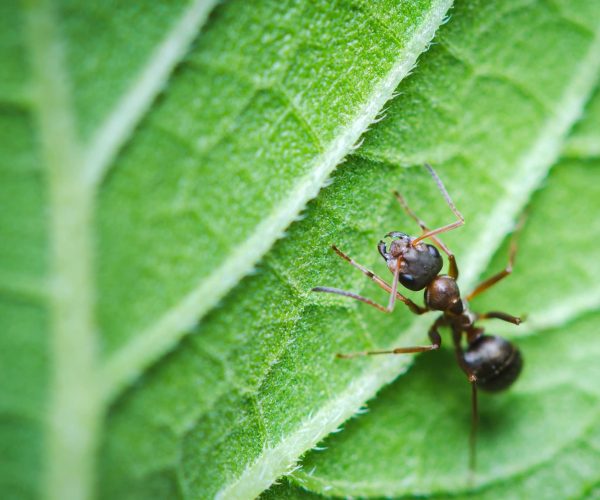
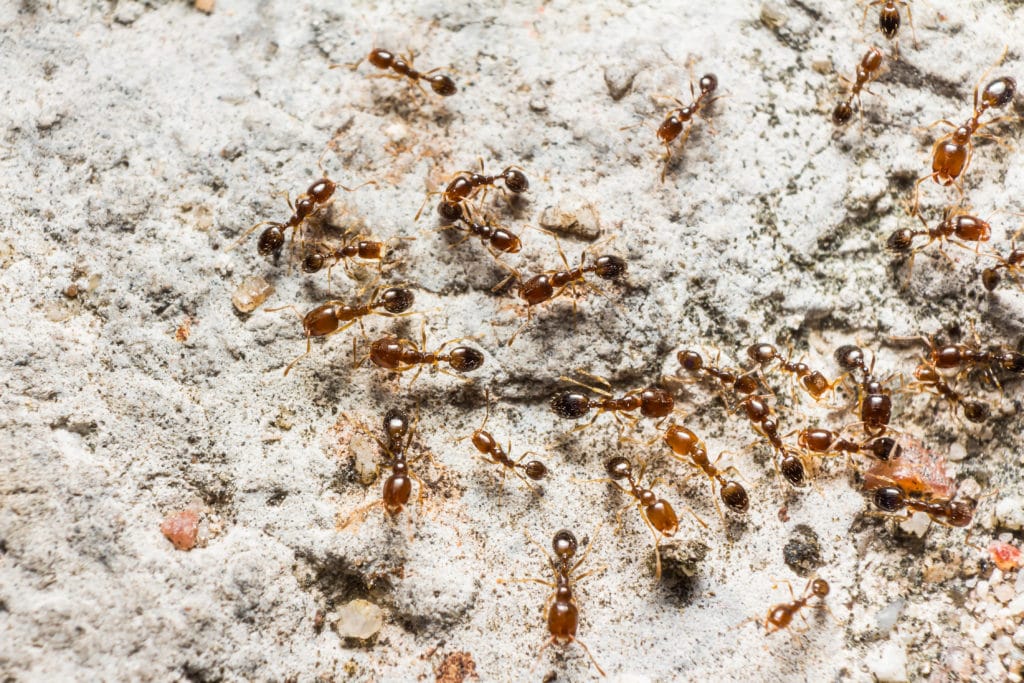
Pharaoh Ant
These tropical insects are not to be underestimated and are sometimes mistaken for just an ordinary ant, which they are far from. Unlike black ants where there is one queen, Pharaoh Ant colonies contain several queens. If the nest feels threatened and worker ants have been killed the nests will break off into several colonies as a defence mechanism known as “budding”. They tend to be found in commercial buildings and built-up areas such as central London and will only stay in warm heated buildings such as hotels, universities, prisons, blocks of flats and hospitals. Saying this you can still find infestations of these ants crop up in London residential homes where they are brought in through supplies and people working or visiting infested buildings.
If you think you may have an infestation of Pharaoh ants in your London building, business or home then contact us today for a free onsite Pharaoh Ant survey.
Facts:
- Name: Pharaoh Ant (Monomorium pharanis)
- Features: Up to 2mm, Yellow or light brown transparent looking with dark head and abdomen and black eyes.
- Sustenance: Wide range of foodstuffs particularly sugar and water source is also required
- Life expectancy: Adult workers live about 10-12 weeks, Queens live up to 10 months.
- Reproduction: Egg – larva – pupa – adult takes around 6-8 weeks. Minimum 18 degrees temperature to survive.
Risk: Ability to cause widespread infestations to businesses and homes and difficulty in eradication. Risk of carrying disease organisms from contamination of food.
Ghost Ant
Similar to the Pharaoh Ant but from a different ant family. Again are a tropical ant and usually located in built-up areas like central London. They thrive in warm environments so will also tend to nest in blocks of flats and commercial buildings throughout London. They are smaller and faster-moving than the Pharaoh Ant and when crushed they also smell of rotten coconut. Among the tropical ant families located in London, these ants are again not to be left untreated when an infestation is located. Although not as common as Pharaoh Ants they can be harder to control, are also very well organised and have the ability to spread rapidly through buildings, meaning Ghost Ant infestations can become well established and a serious pest if not treated thoroughly.
If you think you may have a Ghost Ant infestation in your London business, building or home then contact us today to arrange your free onsite Ghost Ant Survey.
Facts:
- Name: Ghost Ant (Tapinoma melanocephalum)
- Features: Up to 1.5mm Transparent/whitish abdomen, Dark brown/black head.
- Sustenance: Wide range of foodstuffs particularly sugar and water source is also required
- Life expectancy: Adult workers live about 10-12 weeks, Queens live up to 10 months.
- Reproduction: Egg – larva – pupa – adult takes averagely around 6-8 weeks. Minimum 18 degrees temperature to survive.
Risk: Ability to cause widespread infestations to businesses and homes and difficulty in eradication. Risk of carrying disease organisms from contamination of food.
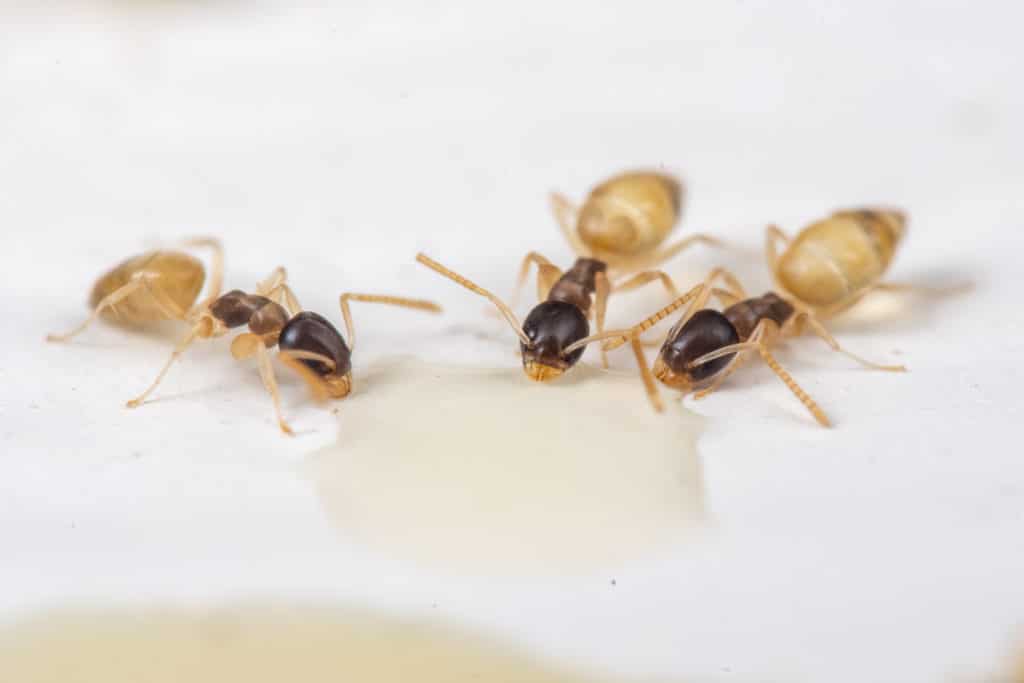
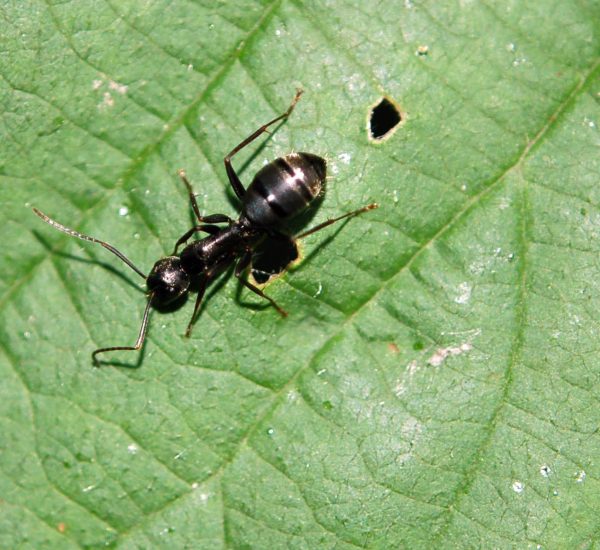
Argentine Ants
Another tropical ant which is now popping up in London residential neighbourhoods and making themselves at home. Looking very similar to the Garden Ant it is common for even professional pest control to misdiagnose these ants. Queens will frequently wander some distance from their nest and set up new colonies making them a big threat to spread through buildings and households. In recent years Mercury Pest Control had a significant increase in Argentine Ant treatments from not just commercial buildings, but residential homes in London boroughs of Wandsworth and Lambeth.
If you think you have an Argentine Ant infestation in your London home or Business then contact us today for your free onsite inspection.
Facts:
- Name: Argentine ant (Iridomyrmex humilis)
- Features: Light to dark shiny brown, hairless, around 2.5mm in size
- Sustenance: wide range of food including ,sweet drinks, dead insects, honeydew and oily food stuffs.
- Life expectancy: Queens have the ability to live for several years and works for 10-12 months.
- Reproduction: Egg – larva – pupa – adult averagely takes around 8-10 weeks depending on temperature
- Risk: Can bite if provoked but not likely to cause much harm. Ability to heavily infest buildings and homes rapidly in large colonies. Potential to also spread bacteria from contaminated food sources.
Ant Control for London homes
Identify: After carrying out a full risk assessment and site survey of your property, we will identify the safest and most effective way of treating the infestation. This will typically involve traps which we will secure down in locations free from any non-target species.
Report: Full report will be sent over, with our findings on the site survey and recommendations for potential proofing to prevent reinfestation.
Treat & Monitor: After the squirrels have been safely dispatched from your London home, we will leave traps in place and carry out a final visit to monitor any potential further activity before giving the all clear.



